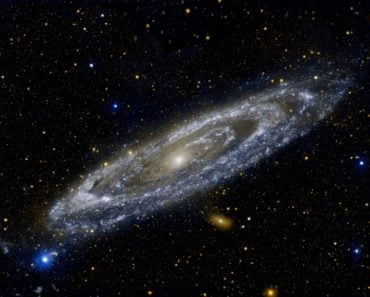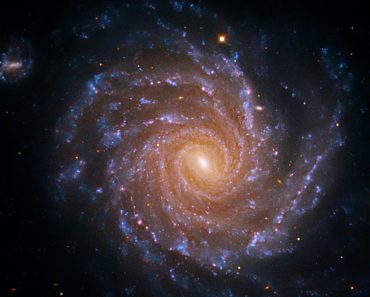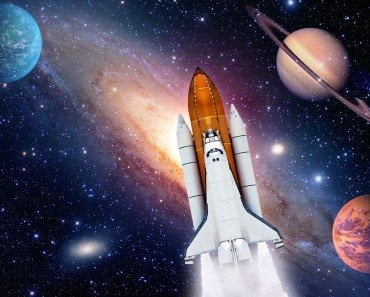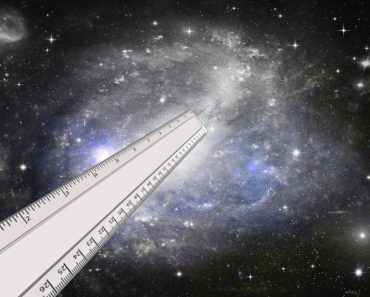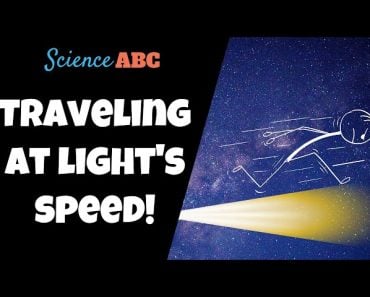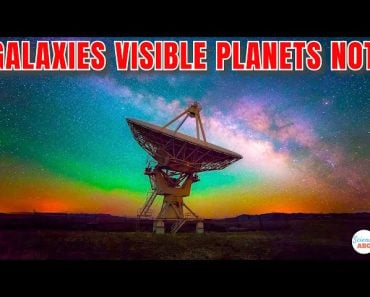Table of Contents (click to expand)
The reason stars appear to be stationary if the galaxy is constantly moving is because they are moving at a very slow pace compared to their distance from us. Even though they are moving fast in absolute terms, their motion is negligible when considered on galactic scales.
If you are into stargazing and astronomy, in general, then you probably know that the Milky Way, i.e., the galaxy of which we are a part, is constantly moving. Our planet, the sun, the solar system and our entire galaxy is constantly revolving. More specifically, the arms of the galaxy are moving through space, so the sun and our solar system travel with them.
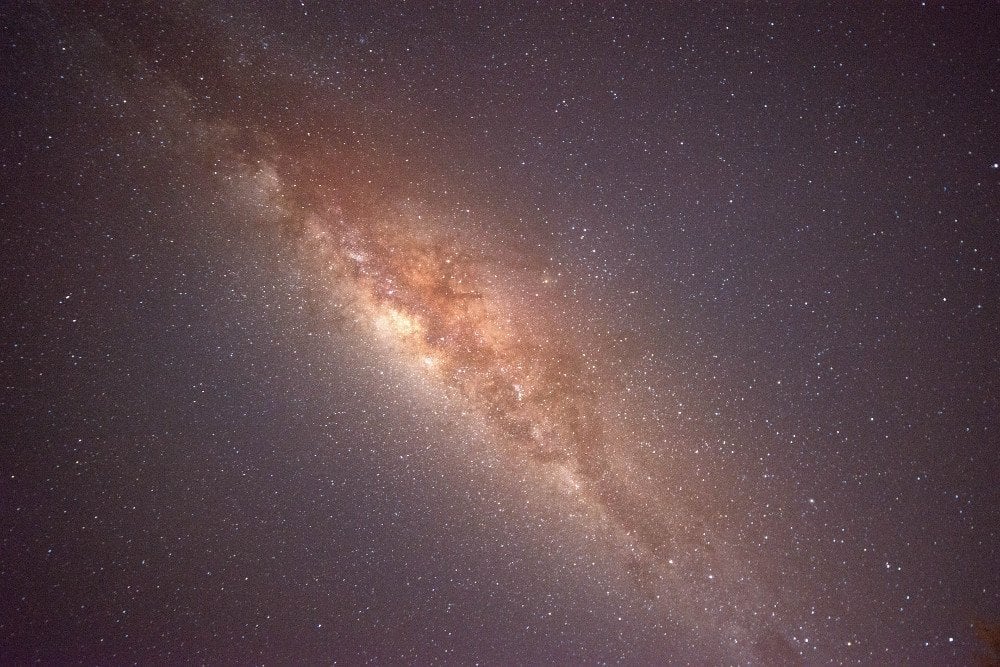
Many of the stars that we see in the night sky reside in the Milky Way. Now, we know that the Milky Way is constantly moving, right? So, it only stands to reason that the stars it consists of also move in space. That, in turn, would mean that the relative positions of these stars must change in our night sky. Yet, as you know all too well, that doesn’t happen, i.e., the stars in our night sky seem rather ‘fixed’ in their place. Why is that?
Why do stars seem to be motionless if the galaxy is constantly moving?
As it turns out, there is a very simple reason behind it.
It’s very easy for such questions to pop up in your head, especially when you look at things from a mere mortal’s perspective. However, once you know and understand how insanely huge the universe is, you begin see the ‘light’.
Recommended Video for you:
The Motion Of Stars
It’s true that stars seem absolutely motionless, like sitting ducks in the vast expanse of the blackness of space. Even so, the truth is that every star you see in the night sky is, in fact, constantly moving.
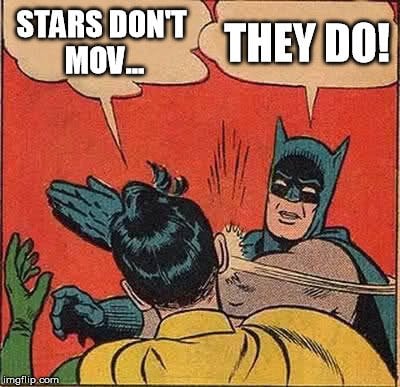
It’s interesting to note that it was the knowledge of the motions of stars in external galaxies that led to the idea of dark matter in the universe; this connection is because their motion indicated that the mass present within their orbit couldn’t be accounted for by only the visible matter (Source).
Our galaxy not only rotates around its own axis, but also moves, and as such, is currently on a collision course with another galaxy called Andromeda,
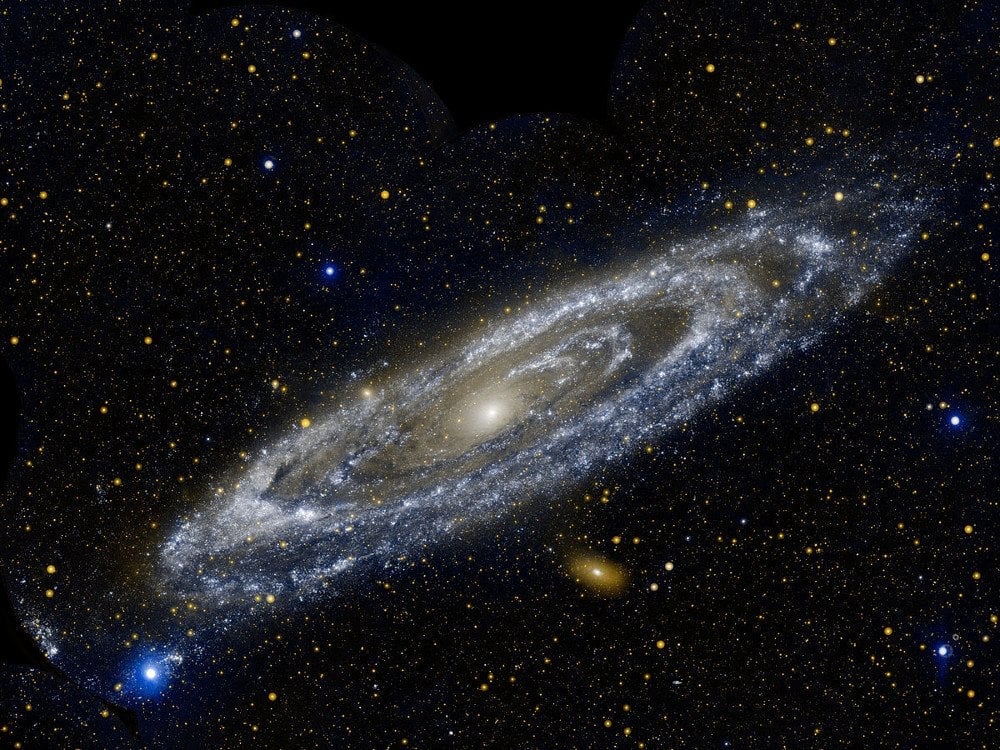
However, the aforementioned motions of our galaxy are relatively slow. The collision of the Milky Way and Andromeda is not going to happen for another 4 billion years, which should give you some idea about how slow our galaxy moves through space.
These movements occur at the rates of a few kilometers per second, which would be considered quite fast by most people, but when you factor in the massive distances involved, these speeds become negligible in comparison!
Enormity Of Galactic Distances
It’s true that everything in the universe is moving quite fast, but everything is also insanely far apart. Think about it: the light from the sun, which zooms by at a staggering pace of 670,616,629 mph, takes more than 8 minutes to reach our planet, 5 hours to reach Pluto and more than 400 years to reach the North star!

Now, stars move at the pace of a few tens of kilometers per second, which is quite fast if you think about it from our mere Earthling perspective. However, that’s virtually negligible when considered on galactic scales.
We shouldn’t forget that even the nearest stars are situated awfully far away (at least a few light-years) from us. Thus, their motion over a period of 60-70 years (the length of an average human’s life) is so small compared to their distance from us that they seem to be fixed in the same spot.
For instance, consider a nearby star that is situated 10 light-years away from Earth. The star moves through space at a speed of 10 km/s. A quick calculation will tell you that over a period of 100 years, the star would have moved around 30 billion kilometers. That sure is a lot of distance!
But remember… that same star is located 90,000 billion kilometers away from us. So, do you think that the distance of 30 billion kilometers (that it moved in 100 years, i.e., the lifespan of a particularly healthy human being) would be noticeable when viewed from a distance of 90,000 billion kilometers?
No, it wouldn’t. Not even close.
And that’s why stars appear to be stationary in the sky, despite the fact that they, and the galaxy, are both moving extremely fast through space.
References (click to expand)
- Does the Sun move around the Milky Way?? - Starchild (NASA). The National Aeronautics and Space Administration
- across the Milky Way - how big is our universe?. The Center for Astrophysics | Harvard & Smithsonian
- Brad's Astronomy Pages | Western Washington University. Western Washington University
- Why do constellations look the same after several years even .... Cornell University




